Many professional and amateur chocolate makers will reach for paraffin wax when creating decadent chocolates.
After all, the melting quality of this white wax is perfect for tempering and coating chocolates, giving them that beautiful glossy finish we know and love.
But what if you don’t have access to paraffin wax? What are some effective alternatives for achieving great tasting results?
In this post, we’ll explore just that – from easy solutions like coconut oil to more inventive options like compound coatings.
Let’s find a substitute for paraffin wax in chocolate so you can get crafting with everything else already in your cupboard!
What Is Paraffin Wax In Chocolate?
Paraffin wax is a type of petroleum-based wax that has many different applications.
In chocolate making, it is often used as a coating to give the chocolate bar a glossy sheen and to help keep moisture from entering and affecting the taste and texture of the product.
Paraffin also helps to prevent bloom – a powdery effect caused by sugar crystals rising to the surface of a chocolate bar.
In addition to its coating, paraffin wax can also be used as an ingredient in candy centers or ganaches.
Its melting point of between about 46 and 68°C makes it ideal for adding creaminess and texture to these centers.
When used as an ingredient, the wax must be finely ground into a powder before adding it to other ingredients.

Substitutes For Paraffin Wax In Chocolate
Paraffin wax has been traditionally used in the chocolate-making process to give it a glossy sheen and to prevent it from melting quickly.
However, many people are now searching for a substitute for paraffin wax in chocolate. Here are some options for you:
Almond Bark
Almond bark, also known as white chocolate coating, is a candy confectionery made with white chocolate.
It has a smooth, creamy texture and can be used for dipping or covering treats like pretzels, cookies, cake pops, marshmallows and more.
Almond bark is sometimes combined with other chocolates, such as milk or dark chocolate, to create unique and delicious flavor combinations.
It also provides a glossy finish to desserts like cheesecake or even ice cream.
Additionally, almond bark can be melted down and used as a drizzle over cakes, cookies, and other treats for an added touch of sweetness.
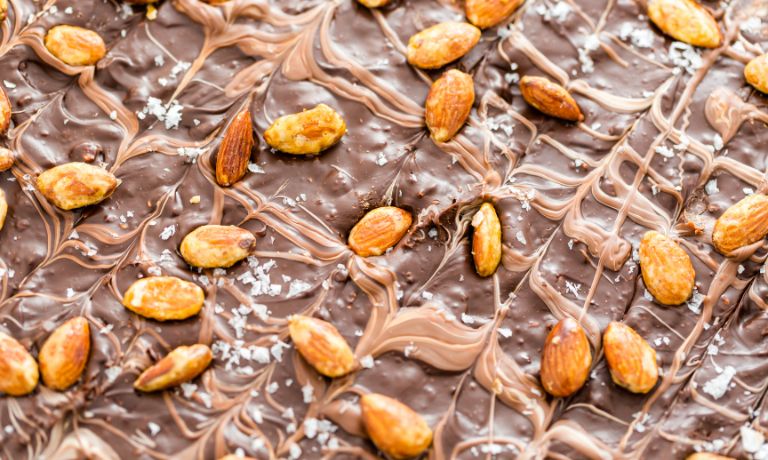
Compound Coatings
Compound coatings are edible coatings used to improve the appearance and enhance the taste of chocolate.
Compound coatings comprise vegetable oils, waxes, emulsifiers, cocoa powder, and other ingredients that protect the chocolate from humidity and prevent it from melting too quickly.
They also have a glossy shine that makes chocolate look more appetizing.
They can also add flavors and texture and improve chocolate’s shelf life.
Compound coatings are often used for enrobing or dipping chocolates, giving them a smooth coating that evenly distributes flavor.
They make chocolate look more appealing while enhancing its taste and texture.
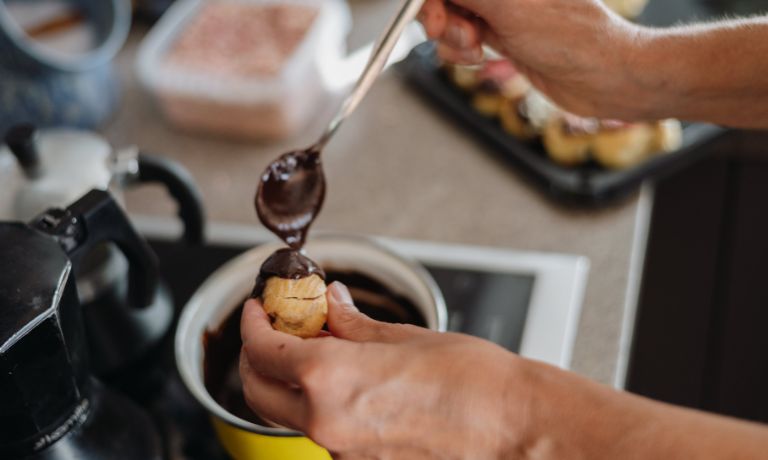
Canola Oil
Canola oil is an option for you to substitute for paraffin wax in chocolate.
It is a vegetable-based cooking oil made from the seeds of the Canola plant.
It has a light flavor and texture, making it ideal for use in recipes that don’t require a strong oil taste.
Canola oil is also commonly used to make chocolate due to its neutral flavor and high smoke point, which allows it to be heated without burning.
Canola oil is often used to replace cocoa butter in chocolate recipes, as it can give the texture of higher-quality chocolate without the expense.
It also allows for smoother and easier tempering than other vegetable oils.
Additionally, its light flavor makes it ideal for combining with other flavors like nuts, fruit, and spices to create unique chocolate flavors.
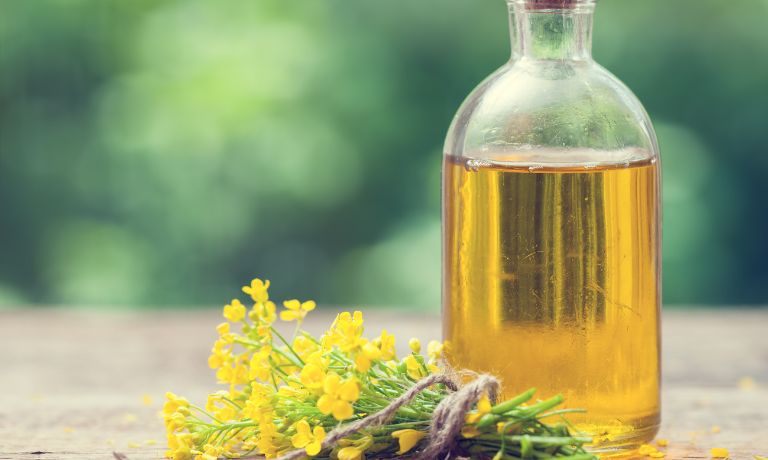
Candy Coatings
Candy coatings, called confectionery or wafers, are chocolate-like coatings made from sugar, vegetable oil and milk solids.
They are often used in the production of chocolates and other confections.
They can add flavor, texture, and sweetness to any baked good or candy.
They are beneficial for coating chocolates, providing a thin protective layer to keep the chocolate from melting or sticking to other surfaces while adding flavor and texture.
Candy coatings can also create dipped treats such as marshmallows and pretzels.
In addition, candy coatings can be used for decorations such as sprinkles, drizzles and chocolate curls.
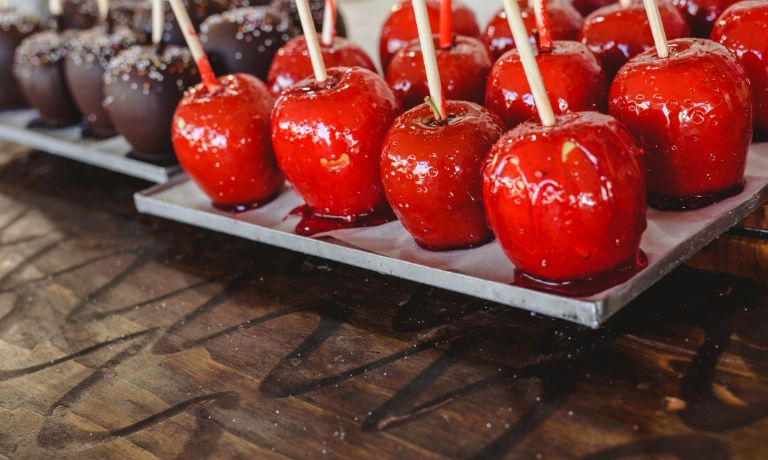
Cocoa Butter
Cocoa butter is a naturally occurring fat extracted from cocoa beans while making chocolate.
It gives chocolate its unique texture and flavor, helping stabilize its shape and melting point.
Cocoa butter has a slight yellow tint and creamy texture, adding flavor and mouthfeel to finished chocolates.
It also plays an important role in tempering chocolate, which helps to produce a glossy and smooth finish.
Additionally, cocoa butter is often combined with other fats and oils to create different textures, such as soft centers for filled chocolates or thicker coatings for truffles.
Lastly, it is also used as an ingredient in many cosmetics due to its emollient properties.

Coconut Oil
Coconut oil is an edible, saturated fat derived from the meat of mature coconuts.
It has a unique flavor and aroma that add complexity to recipes and can be used as a substitute for butter in baking, cooking, and even frying.
When making chocolate, coconut oil is used as a substitute for butter or margarine because of its texture and flavor.
Coconut oil is solid at room temperature, so when combined with cocoa powder, sugar, and other ingredients, it creates a smooth consistency perfect for creating melt-in-your-mouth chocolate treats.
Additionally, some brands of chocolate bars contain coconut oil as an ingredient to give the product a creamy texture.
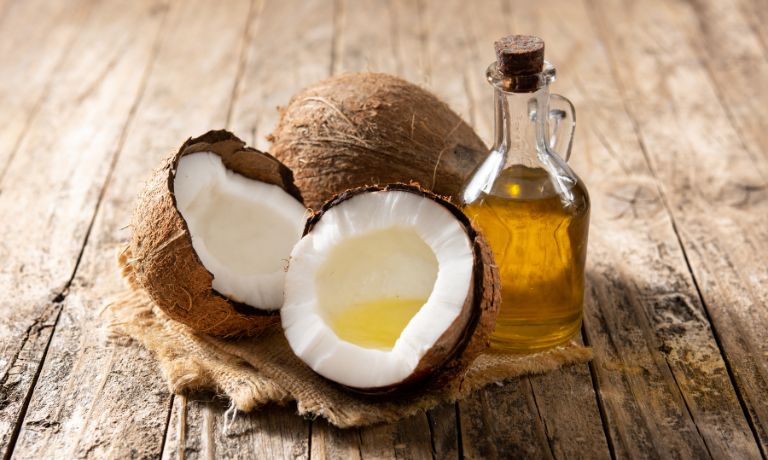
Olive Oil
You can also use olive oil to substitute for paraffin wax in chocolate.
Olive oil is a staple in Mediterranean cooking and has been used for centuries in beauty and health products.
It is made from pressing olives, producing light and fruity flavored oil.
When baking, olive oil can be substituted for butter or margarine when making cakes, cookies, and other pastries.
In addition, it is often used in chocolate recipes to give the chocolate a richer and more intense flavor.
This oil has a subtle sweetness that pairs nicely with cocoa bitterness, making it an ideal choice for many recipes.
As a bonus, olive oil also helps keep baked goods moist and tender.
When using olive oil in baking, use one labeled “extra-virgin” for the best flavor.
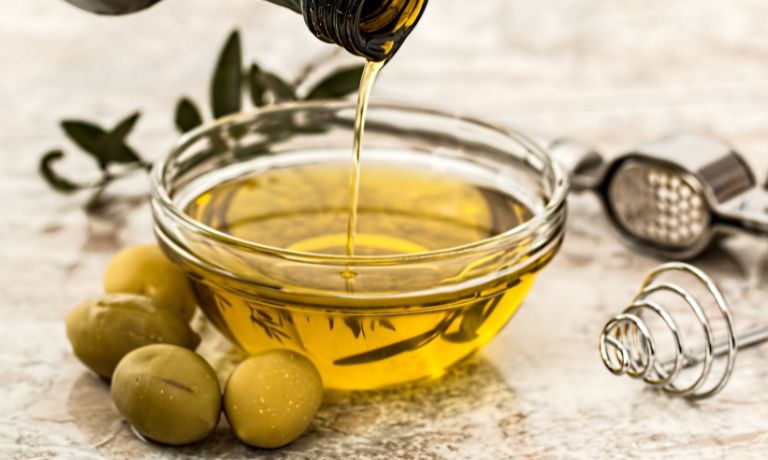
FAQs
What Is The Purpose Of Adding Paraffin Wax To Chocolate?
Paraffin wax is used in chocolates as an inexpensive, food-grade coating to help create a glossy finish and provide protection from moisture.
It also helps keep the chocolate pieces separate so they don’t stick together.
It also improves the texture of chocolate by adding a smooth, creamy consistency.
Can Soy Wax Replace Paraffin Wax In Chocolate?
Yes, soy wax can be used as a replacement for paraffin wax in chocolate.
Soy wax is made from 100% vegetable oil and is widely considered a healthier alternative to paraffin wax.
It also burns slower than paraffin wax, making it an ideal choice for producing chocolates with a longer shelf life.
Can Beeswax Replace Paraffin Wax In Chocolate?
Yes, Beeswax can be used to replace paraffin wax in chocolate.
The use of beeswax in place of paraffin wax provides a cleaner and more natural flavor to the chocolate.
Since beeswax is less processed than paraffin wax, it may provide a better result for the finished product.
Conclusion
Paraffin wax has been traditionally used in the chocolate-making process to give it a glossy sheen and to prevent it from melting quickly.
However, many people are searching for alternatives due to health and environmental concerns.
Several options are available for replacements, including almond bark, compound coatings, candy coatings, cocoa butter, canola oil, coconut oil, and olive oil.
Each of these ingredients has unique properties that can improve the texture, flavor, and appearance of chocolate.
Ultimately, choosing a substitute for paraffin wax in chocolate will depend on the individual recipe and desired outcome.

